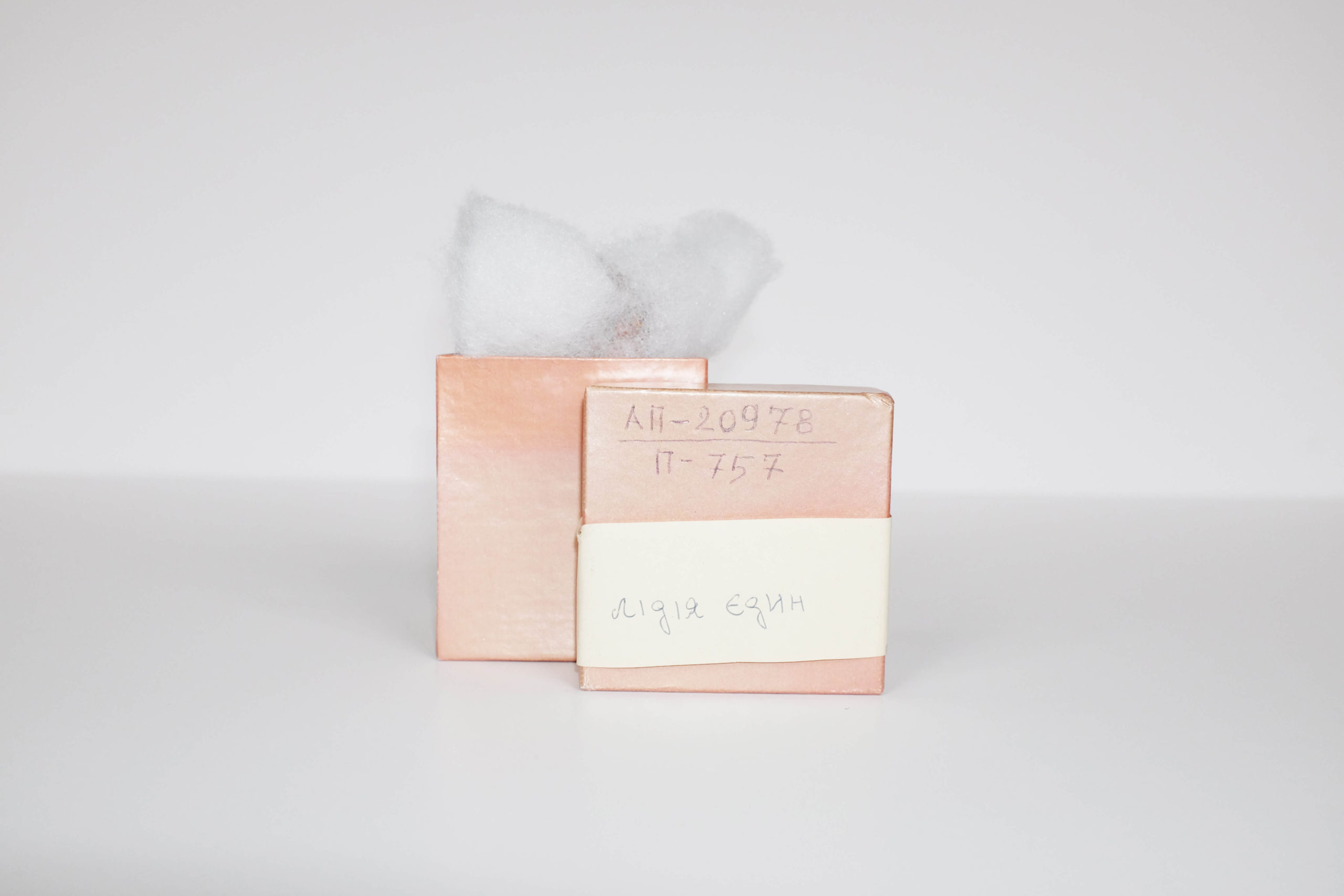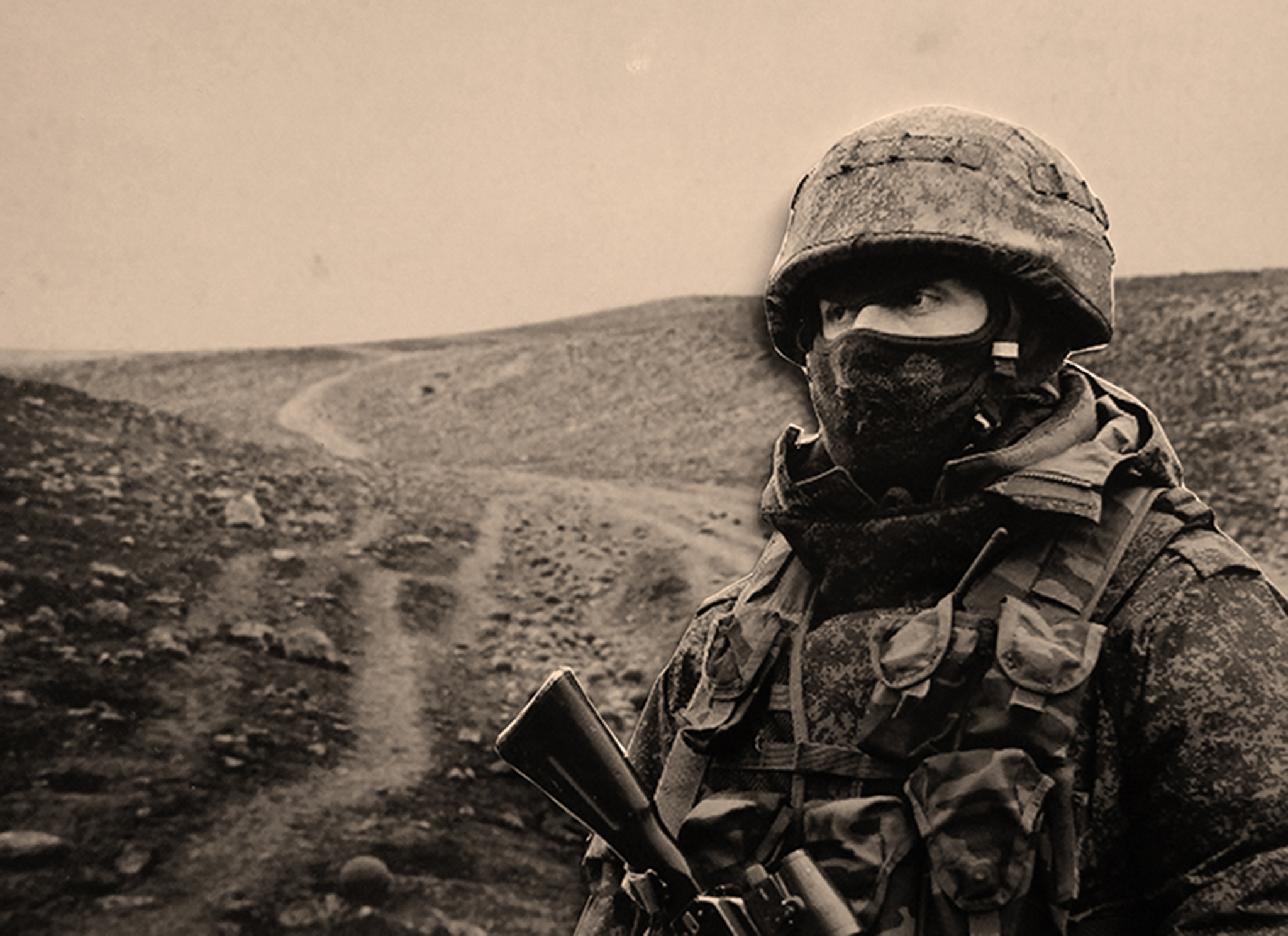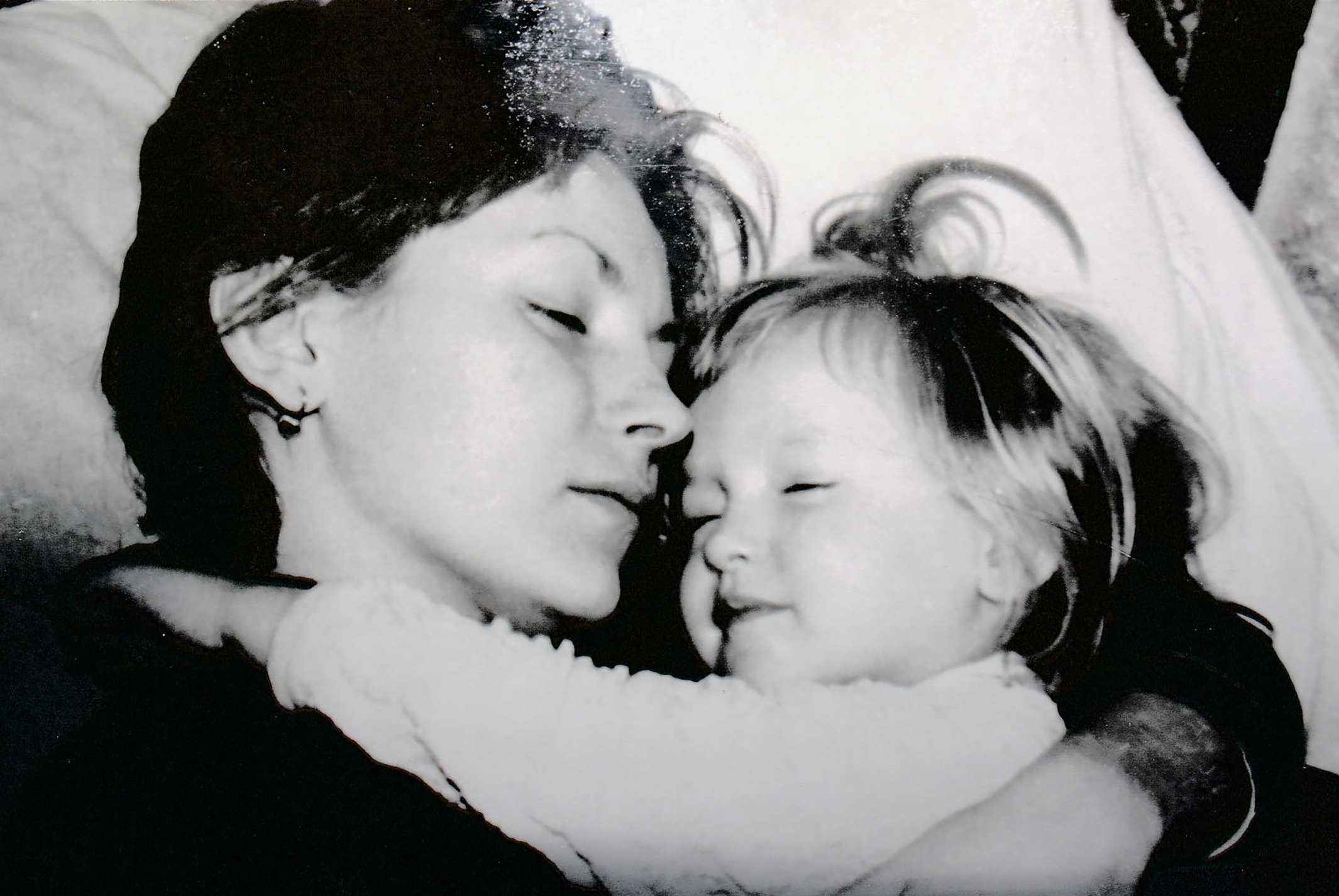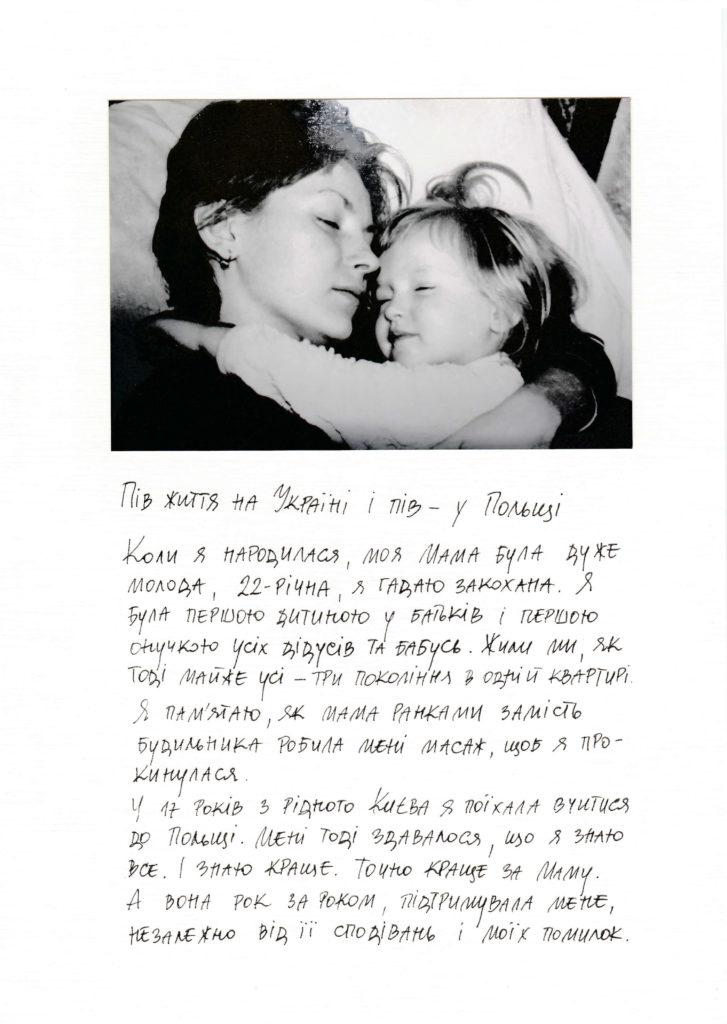For centuries, we’ve been keeping memories: in cellars and attics, in hot and cold rooms, in the open air and in the places beyond the reach of the sunlight. It’s the memory about historical events and about the past reflected in specific everyday items, in art, in photographs and books. Libraries, museums, and galleries are all places of memory concentration. Archives are packed to capacity, and there, just like in the labyrinths of history, things get lost and forgotten…due to the lack of access to studying, acknowledging, and reinterpreting one’s heritage…
The photo project “Open Access” urges us to give a new meaning to the issue of keeping/preserving/using archives and collections. The lack of access to them results in oblivion and destruction. Why do we need to remember the past and to preserve it in the present-day context? What do we protect collections and archives from by making them inaccessible or failing to interpret them?
The project is a result of work with collections and archives of the Lviv Museum of Folk Architecture and Rural Life and the Lviv Museum of Religious History. It was presented as an intervention into the ongoing museum exhibition; as a visual intervention of photographs displayed in between the museum exhibits. Shown at the Lviv Museum of Religious History.





















